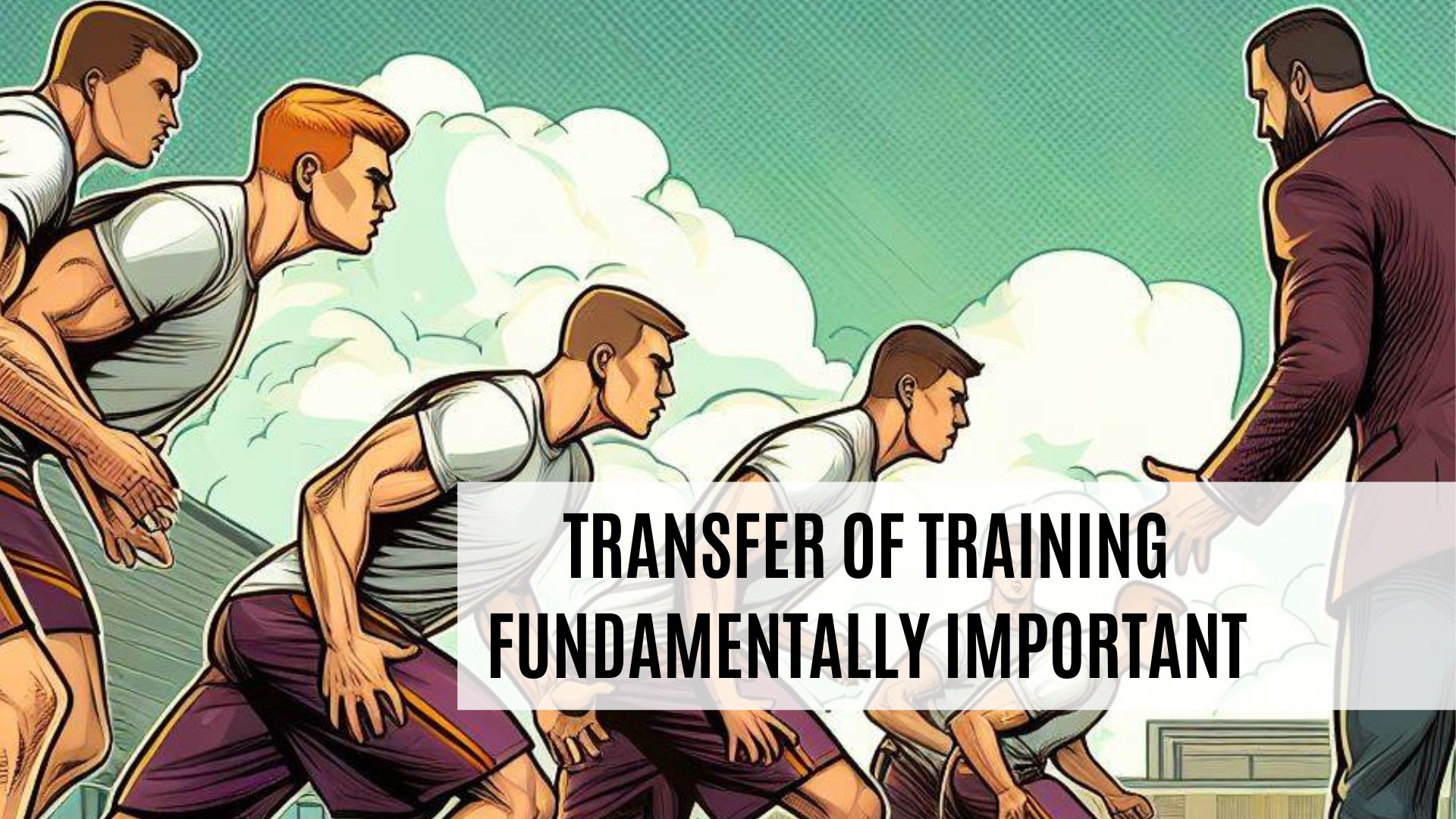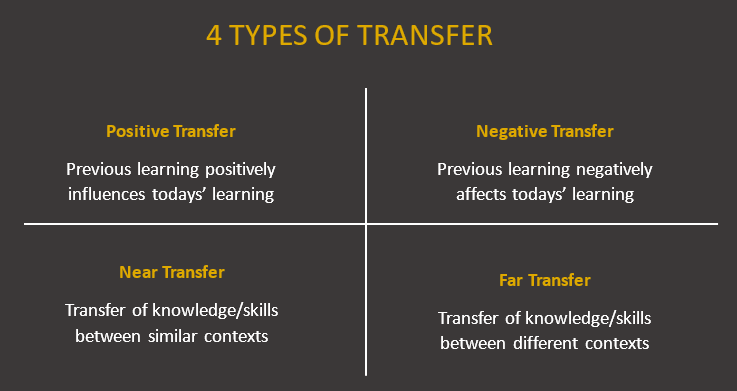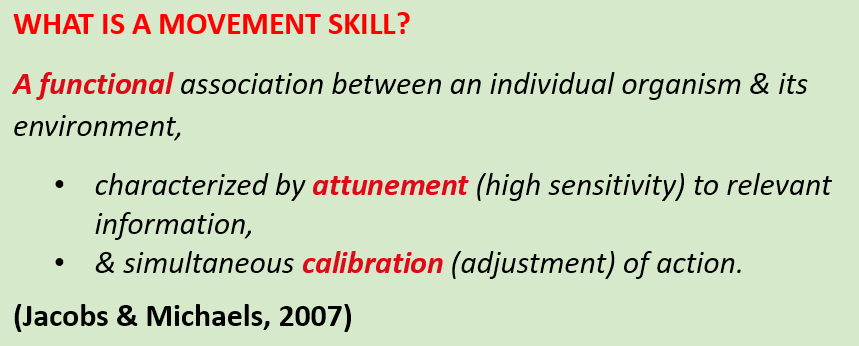Social media is abuzz with lively discussions about the relevance of working on the so-called technical fundamentals, which, according to many coaches, are necessary to begin the adventure of the “game” and reach a high skill level.
Before we reflect on this topic, let’s establish the necessary context. Each activity designed by the coach is intended to induce a positive change in the athlete, improving his performance in the target competition.
The concept of transfer in the science of movement skill acquisition and sports training refers to transferring skills, knowledge, or experience gained in one situation to another. This can result in:
- Positive transfer: Improved performance on a new task due to previous involvement in another task.
- Negative transfer: Impaired performance on a new task caused by prior involvement in another task.
- Zero transfer: No effect of prior learning of a task on the performance of a new task.
Although performing tasks that do not transfer to aspects of the athlete that are important to us can be a time thief, activities that cause positive and negative transfer will be particularly relevant to us from the point of view of the ongoing discussions.
As you can see, the choice of activities is most often dictated by the coaches’ belief in their developmental potential. The problem is that we use methods based on different learning mechanisms in complex sports. It is, therefore, hard to clearly assess the impact of a single exercise.
However, let’s look deeper into the causes of transfer. The most commonly cited and probably the strongest are:
The level of similarity between tasks: The more similar two tasks are in structure, function, or context, the greater the potential for transfer.
Here, we all agree. So, where does the problem lie?
What constitutes similarity in the case of motor skills?
According to many coaches, so-called technical fundamentals work is justified because of the level of replication of movement structure (pattern), which can then be used as a tool when we add context. The key is whether the belief is justified. Is there enough similarity to ensure a positive transfer?
It is worth recognizing the complexity of movement as a necessary tool for solving dynamically changing problems.
So, what should we take into account when considering similarities between tasks?
CONTEXT – INFORMATION
This sounds trivial until we understand organisms’ movement control mechanisms to survive in a complex environment. Due to the challenges that often accompany them, it is necessary to consistently and effectively combine movement with information (perception-action coupling). The quality of this interaction and the level of action adaptation to critical events determine survival.
The same is true for athletes, who must cope in an environment full of equally determined opponents whose primary goal is to expose their weaknesses and win. Everything changes in a split second. Your every decision triggers cascades of micro-events that generate vast amounts of information. Your survival depends on your ability to tune in to the most relevant ones and adapt effectively enough.
DECISIONS
Whether we recognize it or not, the game consists of many decisions. The first consequence of this fact in a time-constrained environment is the necessity to still be ready for many eventualities. In science, we refer to this as metastability. Imagine a volleyball player prepared to defend an attack. There are several scenarios for which he absolutely must be ready. Taking on a ball speeding at over 100 km/h is a significant challenge. However, it is often the case that the player has to make a lateral move to meet the ball. That’s not all. When the attacker chooses to tip, a rapid forward start will be necessary, and when the ball soars behind the end line after a block, a backward start will be needed. All this is characterized by the dynamic choice of the appropriate place (depending on the system and the association of the attacker, the ball, and the block), the timing of the adoption of the readiness position, and, finally, the adjustment of the movement to the situation.
It is easy to see that performing exercises without a context and decision component deprives learning of the essence, i.e., the aspects necessary to manage behavior, of which movement will be an essential manifestation.
Is decontextualized work, then, simply a low-profit activity?
Each case should be carefully analyzed. What is essential, however, is to realize that many activities can have a negative transfer. As I wrote earlier, information is needed to control movement. If an athlete is tasked by a coach to focus on structure, i.e., the shapes and positions of his or her body, that will be the focus. This introduces a significant component of conscious movement control. Why is this a problem? Conscious control disrupts self-organization, that is, the adaptation of movement to the constraints around us, and makes us weaker in perceiving information from the environment. It deprives us of the essential element necessary to effectively manage our actions.
How does this manifest itself in combat?
The athlete is unable to apply learned movements in a competitive setting. He appears overwhelmed by the volume of information coming from the environment and frequently waits for specific instructions from the coach before executing a move. He is inflexible and struggles to adapt. Have I just described children whose only physical activity consists of technique-based exercises in physical education classes?
Another issue resulting from the lack of context for the athlete is the development of solutions that work well in drills but lose effectiveness in actual competition. The exercises lack the flow of relevant information and constraints, often stemming from the opponent’s actions. One way to understand this is through the example of time and space.
For instance, young basketball students are often taught to perform lay-ups without a defender. Although they become proficient at this through repeated practice, they may struggle when defenders are present during a game. The constraints in these two scenarios are so different that learning without context can hinder the athlete’s performance for a long time.
Another example is volleyball defense, as mentioned earlier. Only volleyball players understand how much they practice defense after teammates’ spikes. The issue is that the teammate always spikes aggressively; there is no block, and to make it worse, they aim at the defender’s stomach. What are the consequences of this? The player assumes a defensive position too late and doesn’t anticipate anything else. He doesn’t have to read the information or adjust to it in a split second. As a result, when something changes, the player often can’t react in time – they are caught off guard. The countless repetitions have made an impact.
To maximize skill transfer for your players, coaches should prioritize exercise representativeness and critical principles of skill acquisition. By incorporating these essential elements into training sessions, coaches can help players effectively apply their skills from practice to game situations.



